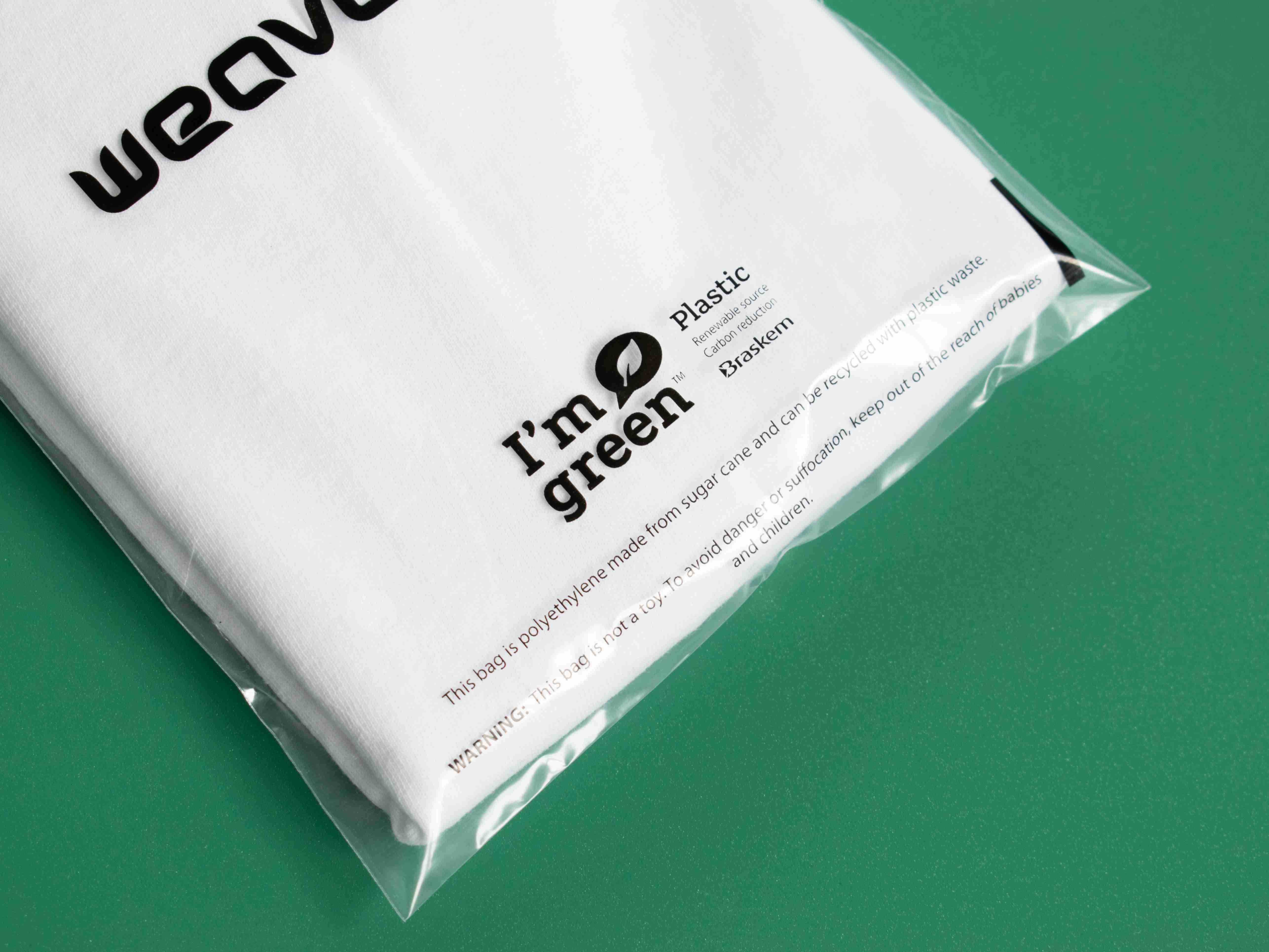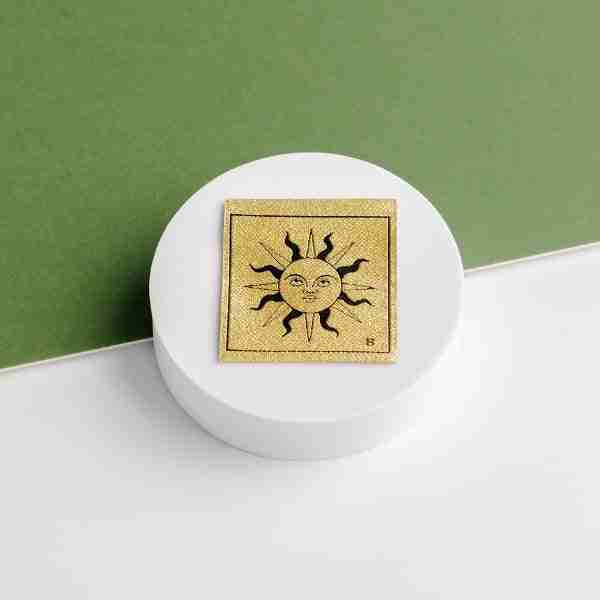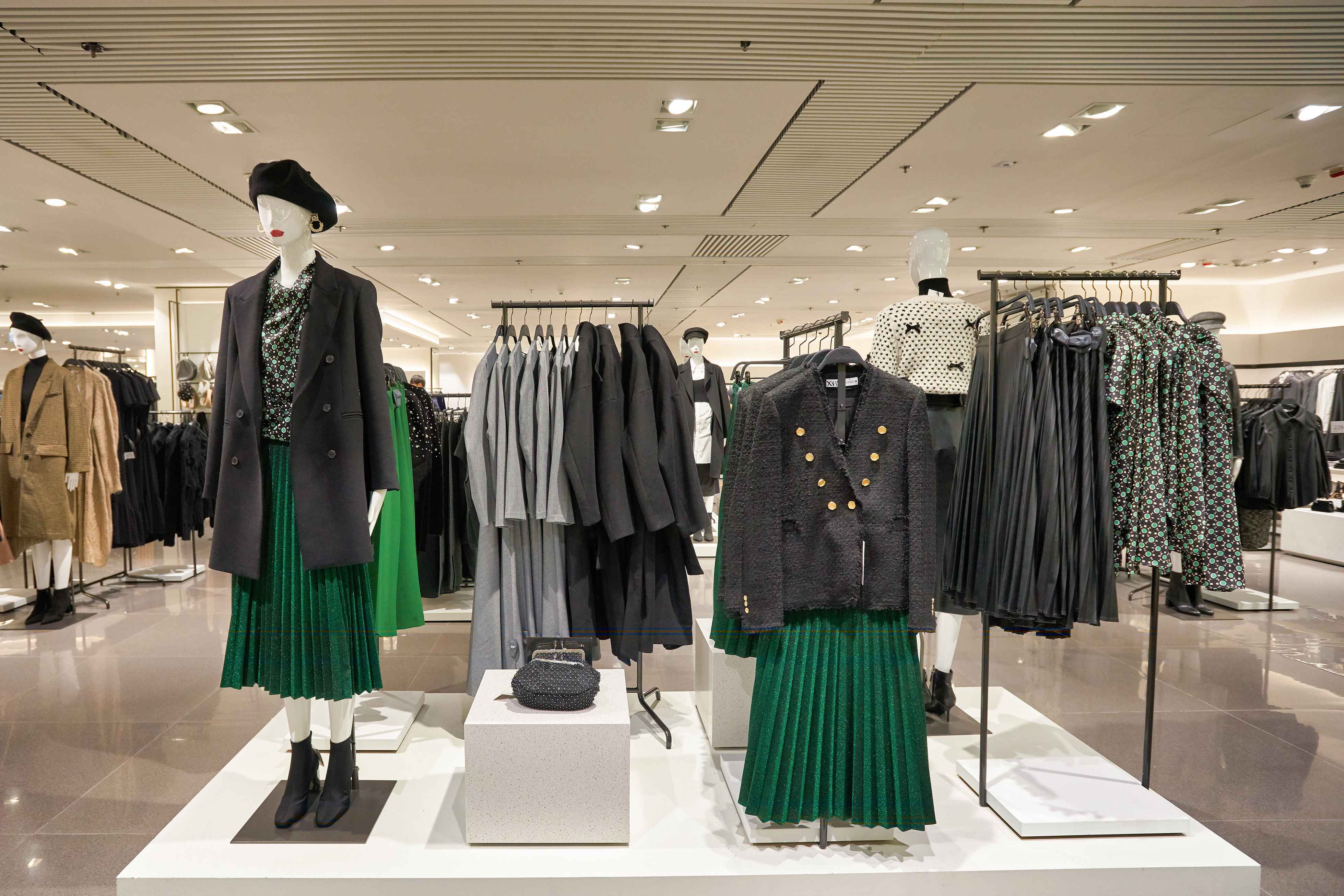The sustainable fashion glossary
The ABCs of sustainable fashion:
Navigate sustainable fashion terminology effortlessly with this A-Z glossary. From greenwashing to reshoring, access clear explanations and a handy PDF download.
Unfortunately, we weren't able to find any results that match your current search query. Please try a different search term.
3D Knitting
3D knitting is a production technique that creates sustainable garments with minimal waste. Combined with customisable branding solutions that seamlessly integrate with 3D-knitted garments, brands have an opportunity to minimise production waste while enhancing their sustainable brand image.Artisan
An artisan is a skilled craftsperson who creates products by hand. Using traditional methods and high-quality materials, artisans handcraft products that boast the highest quality of craftsmanship, detail and traditional distinction, ensuring sustainability at every stage.
Alternative Fibres
Non-traditional fibres sourced from plants or recycled materials, such as bamboo, hemp or recycled polyester, are commonly referred to as alternative fibres. These fibres have a lower environmental impact than conventional fibres.
B-Corp
B-Corp is a certificate awarded by B-lab, a nonprofit organisation, to businesses that meet the highest social, environmental and transparency standards.
Bio-based materials
Bio-based materials are derived from renewable biological resources such as plants, algae or agricultural by-products rather than fossil fuels or synthetic sources. They’re often used as eco-friendly alternatives in fashion, packaging and product design. They include everything from natural polymers used for packaging and trims to bio-based polyester made from plant sugars.
Biodegradable
Biodegradable is one of the most commonly used terms in sustainable fashion. It means the material can naturally degrade or break down without negatively impacting the earth. While all materials break down eventually, some take thousands of years, destroying the earth (like plastic, for instance). Biodegradable items decompose naturally reasonably quickly and avoid pollution.
Bluesign® Certification
The Bluesign® Certification is a globally-recognised standard that ensures textiles are produced with the highest levels of safety, sustainability and environmental responsibility. It evaluates every step of the supply chain, focusing on chemical use, water and energy efficiency and worker safety to ensure minimal environmental impact and maximum consumer safety. Bluesign®-certified materials are ideal for brands committed to transparent and responsible production practices.
Carbon Neutral Certification
The Carbon Neutral Certification verifies that a company has offset its carbon emissions through sustainable practices.Carbon Footprint
Carbon Footprint is the term for the total greenhouse gas emissions caused by an individual, organisation or product.
Carbon insetting
Carbon insetting is a sustainability strategy where businesses actively invest in reducing carbon emissions within their own supply chains or operational ecosystems rather than offsetting emissions through external projects unrelated to their core activities. It involves improving environmental practices in areas directly connected to a company’s products, materials or suppliers. This approach emphasises accountability, local impact and long-term sustainability by addressing emissions at the source rather than compensating for them elsewhere.Carbon offsetting
Carbon offsetting is often used by fashion brands to compensate for the greenhouse gas emissions generated by their operations and supply chains. This is achieved by investing in external projects that reduce or remove carbon dioxide from the atmosphere, such as reforestation initiatives, renewable energy development or methane capture. While offsetting doesn’t eliminate emissions at the source, it balances a company’s carbon footprint and supports global efforts to combat climate change.Care labels
Care labels are printed instructions attached to garments that provide essential information on properly cleaning, drying and caring for the fabric. They help maintain the quality and longevity of the clothing while ensuring compliance with legal standards and consumer expectations. Care labels often include symbols, washing instructions and additional details such as fibre content and country of origin — but they’re also a unique, sustainable branding opportunity.Webinar
Watch the Care Labels webinar
This on-demand webinar will teach you how to create impactful care labels that enhance your brand’s identity and sustainability goals.
Watch it now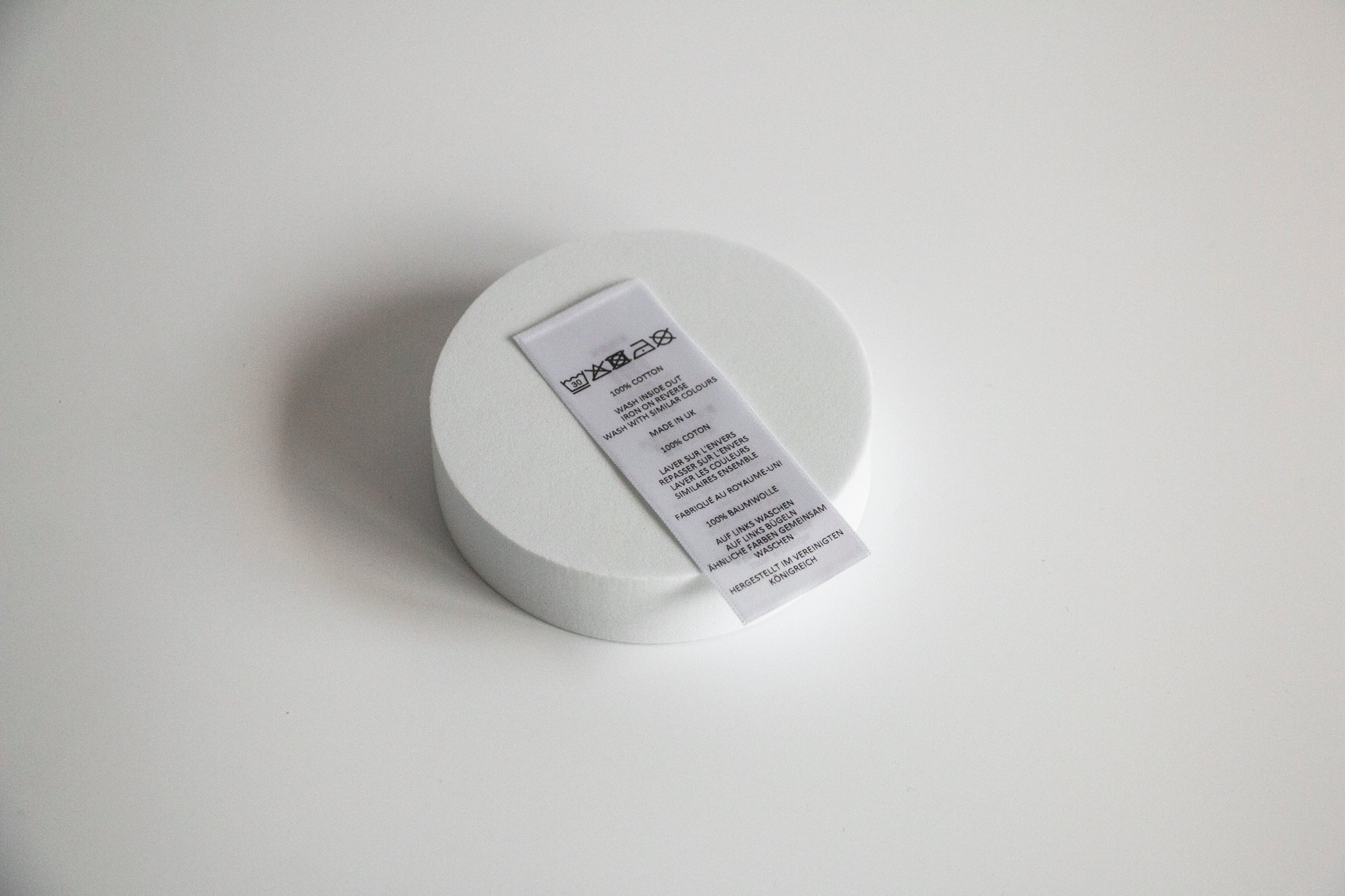
Chemical recycling
Chemical recycling is a more advanced process that breaks down synthetic materials into their original monomers for reuse.
Circularity (or circular fashion)
Circularity (or circular fashion) involves creating products to reuse, repurpose and recycle them. This minimises their carbon footprint, keeping them in use for as long as possible. The resultant sustainable life cycle maximises resource utilisation, decreasing environmental impact.Closed-loop
A closed-loop cycle, similar to circular fashion, is a sustainable fashion consumption model where products or materials are continuously recycled or reused, minimising waste. When new clothes are made from older clothes, the end-of-life of one product feeds back into the beginning of another, creating a ‘loop’ that eliminates wastage. This is accomplished by breaking down an item at the end of its lifecycle and turning it back into yarn/fabric to be recycled into another garment.Cradle-to-Cradle (C2C)
Cradle-to-Cradle (C2C) is a design philosophy that promotes products created with materials and processes that are safe, renewable and part of a closed-loop system. In sustainable fashion, this means designing garments and accessories that can either biodegrade naturally or be fully recycled into new products without generating waste, supporting a circular economy.Deadstock fabric
Deadstock fabric is essentially unused or leftover fabric from previous production runs, repurposed to reduce waste. It’s a material that can easily be used for sustainable care labels or tags.Downcycling
Downcycling is a type of recycling where materials are broken down into lesser-quality materials that can be repurposed. Unlike recycling, which creates equal or higher-value items, downcycling reduces the material’s value, increasing its lifecycle.Eco-labelling
Eco-labelling indicates sustainability certifications such as GOTS and OEKO-TEX, to name a couple.ESG
ESG stands for Environmental, Social and Governance — the three standards that measure a company's ethical impact. Socially conscious investors evaluate potential investments based on these factors to ensure the brand’s commitment to sustainability isn’t just a trend but at the heart of everything it does.Ethical fashion
Ethical fashion focuses on the social impact of fashion. It involves creating products that positively impact the lives of those making them through non-exploitative employment. It reduces poverty by focusing on living wages, working conditions, and health and safety.Eutrophication
Eutrophication potential measures the environmental impact of nutrient pollution (primarily nitrogen and phosphorus), leading to excessive algae growth in water bodies. This process depletes oxygen levels, harming aquatic ecosystems and biodiversity. To reduce eutrophication potential in a sustainable fashion, water pollution from agricultural runoff, dyeing processes and wastewater discharge must be minimised.
Fair Trade-Certified
Fair Trade-Certified fashion brands are recognised for ensuring fair wages, ethical labour and sustainable production practices throughout their supply chains.Fast fashion
Fast fashion refers to the mass-produced, cheap and low-quality clothing produced to match ‘trends’ that pass swiftly, promoting a single-use mindset. This ultra-fast, toxic cycle of overproduction and constant consumption has made fashion one of the world’s biggest contributors to pollution.FSC® Certification
The FSC® Certification ensures sustainable forest management and environmental responsibility.GOTS Certification
The GOTS Certification guarantees eco-friendly production processes in textiles, with at least 70% organic materials.
Greenhushing
As the name suggests, greenhushing occurs when companies intentionally downplay their eco-friendly initiatives and practices, even if they wholeheartedly embrace sustainability. The fear of scrutiny inspires their silence, which harms them more than it protects them. Greenhushing keeps valuable insights and innovations under wraps, making brands seem secretive and problematic.Greenwashing
Greenwashing involves marketing a product to mislead consumers and investors about its sustainability. Companies greenwash their products in many ways, introducing minor sustainable initiatives, seemingly conscious collections or advocating carbon offsetting instead of addressing critical environmental and supply chain issues. Check out our blog for some valuable pointers on how to spot greenwashing.GOTS
GOTS (Global Organic Textile Standard) is the world's leading textile processing standard for organic fibres. It includes ecological and social criteria and is backed up by independent certification of the entire textile supply chain. Being GOTS-certified proves that a brand and its materials are sustainable.
Higg Index
The Higg Index is a tool used to assess the environmental performance of apparel and footwear brands. It evaluates the entire value chain, including materials, manufacturing and product lifecycle impacts, helping companies make more sustainable choices. This index supports businesses like Weavabel in identifying areas for improvement and setting goals for reducing our environmental footprint.
Case Study
Branding excellence for The White Company
Learn how Weavabel delivered bespoke, sustainable solutions for one of the UK’s most iconic lifestyle brands.
See the case study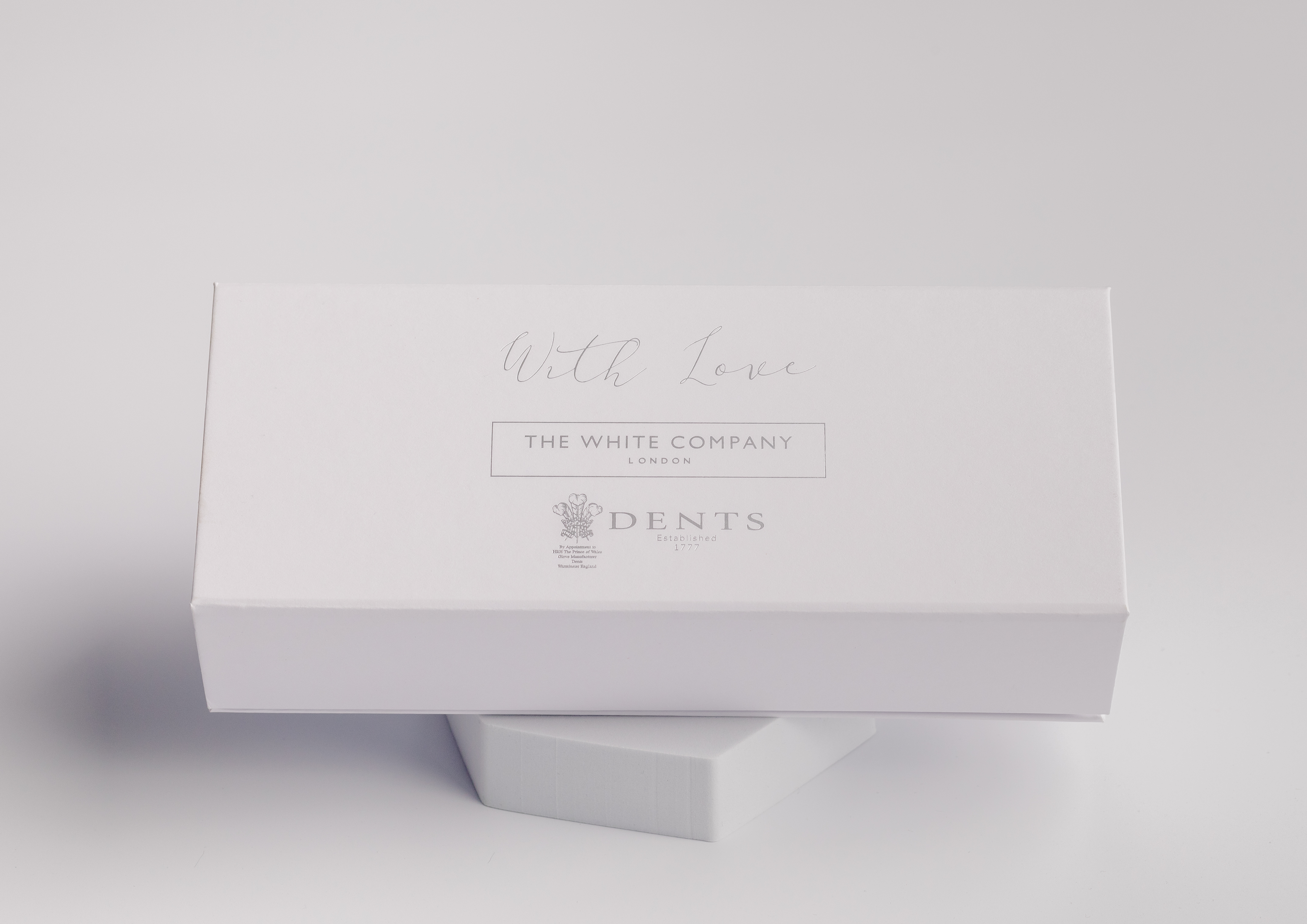
Lab-grown materials
Lab-grown materials and fabrics, such as spider silk or leather, can be created using biotechnology. These offer cruelty-free, innovative alternatives to traditional materials. In terms of sustainable branding, these may be used as eco-friendly tags or labels.
Leather Working Group (LWG)
The Leather Working Group (LWG) is a global organisation committed to building a sustainable future with responsible leather. Gold, silver and bronze levels recognise the environment and ethical practices.Life Cycle Assessment (LCA)
Life Cycle Assessment (LCA) is a technique for assessing the environmental impacts associated with all the stages of a product's lifecycle.Living wage
A living wage is the minimum wage required for a worker to live a decent life. Unlike the legal minimum wage, this has to meet their family’s basic needs. Offering this to workers is one of the key aspects of a brand backing up its claims of being an ethical business.Mechanical recycling
Mechanical recycling is a process that breaks down materials like polyester into fibres without altering their chemical composition.Microfibres
Microfibres are tiny synthetic fibres shed from fabrics during wash and wear. These microfibres can also be called microplastics, which are small plastic particles less than 5mm in size and can be either primary (manufactured as small particles) or secondary (resulting from the breakdown of larger plastic items). Microfibres often make their way into water systems, where they can be ingested by marine life, entering the food chain. As microfibres are a significant source of microplastic pollution, avoiding products or materials that contribute to their release is essential for reducing environmental harm.Modern slavery
Modern slavery refers to the exploitation of a person by a person or organisation without the option to leave. Practices such as forced labour, bonded labour, descent-based slavery and child labour are some forms of modern slavery. These malpractices are still, unfortunately, widespread across the fashion supply chain.Net zero
Net zero is a balanced state in which the greenhouse gases emitted into the atmosphere are balanced by the amount removed or offset. That means a brand’s total emissions are equal to or less than the emissions it removes or compensates for through various eco-friendly initiatives.OEKO-TEX® Leather Standard
The OEKO-TEX® Leather Standard guarantees that leather products are free from harmful substancesOEKO-TEX Standard 100
The OEKO-TEX Standard 100 ensures textiles are free from harmful substances and safe for human health.Offshoring
Offshoring, or offshoring manufacturing, means relocating manufacturing processes overseas to increase profitability by reducing labour costs. This increases the complexity of supply chains, contributing to social and environmental issues.Post-consumer waste
Post-consumer waste is materials consumers discard, such as clothing or packaging, that can otherwise be recycled or upcycled.Plastic-free
The term "plastic-free" in sustainable fashion refers to eliminating synthetic polymers derived from fossil fuels throughout production, supply and branding processes. This includes using natural or biodegradable materials instead of plastics in fabrics, packaging, trims and labels, reducing microplastic pollution and reliance on non-renewable resources.Pre-consumer waste
Pre-consumer waste is materials generated during production, such as fabric scraps or offcuts.RCS (Recycled Claim Standard) Certification
The RCS (Recycled Claim Standard) Certification signifies that a chain of custody standard has been followed to track recycled raw materials through the supply chain. It's an international, voluntary standard. A blended certification indicates that a minimum of 5% recycled material has been used.Recycling
Recycling involves collecting, processing and repurposing waste materials into new, useful products. Aside from preventing the wastage of potentially helpful materials, it reduces energy usage, decreases pollution and minimises the brand’s carbon footprint.Regenerative agriculture
Regenerative agriculture involves farming practices that restore soil health and promote biodiversity. It’s often used to produce sustainable raw materials like cotton or wool, which can be converted into consumer-facing, eco-friendly materials for branding purposes.Reshoring
Reshoring is the reversal of offshoring. It involves supporting and leveraging local manufacturing facilities and skills. Aside from reducing the brand’s carbon footprint, it contributes to reskilling the local workforce and gives back to the domestic economy.Retraced
Retraced is the leading platform for corporate sustainability due diligence in textiles and fashion. It enables brands and retailers to be truly transparent.Sedex Membership
A Sedex Membership demonstrates a commitment to ethical practices and supply chain transparency.
Slow fashion
Slow fashion is the opposite of fast fashion. This eco-friendly approach uses mindful processes and resources to produce sustainable products. The movement advocates buying better quality garments that last longer without replacing them often, reducing fast fashion's environmental impact.Sustainable Development Goals
Sustainable Development Goals (SDGs) are a collection of 17 global goals set by the United Nations General Assembly in 2015 for 2030. These interdependent goals promote sustainable production and consumption to combat climate changeTraceability
Traceability is the ability to trace products and their components through every step of the supply chain. True traceability considers every aspect of production, from sourcing to product delivery, ensuring a sustainable supply chain from start to finish.
Plus, individual digital label traceability is an effective way to identify whether or not a branded garment might be counterfeit. The Weavabel platform also unlocks insightful supply chain traceability information. The journey of your clothing item is mapped by data submitted by partners, vetted by peers and our blockchain-powered platform.
To get a better understanding of how this all works, our traceability webinar is the perfect place to start
Transparency
Transparency enables complete visibility of a business’ supply chain, ensuring its products and practices are sustainable from start to finish. The fashion industry must be conscious, accountable and transparent about their processes and environmental impact, ensuring sustainability at every turn.UKFT (UK Fashion and Textile Association)
The UKFT (UK Fashion and Textile Association) is a trade body that supports UK fashion and textile businesses in areas like sustainability, innovation and international growth. It advocates for ethical practices and promotes sustainable practices within the fashion industry.Upcycling
Upcycling is creatively re-imagining and reinventing a used item, a concept that’s been around for centuries. Many brands are benefitting from turning what’s considered ‘waste’ into reusable, super material of superior quality, which reduces wastage, requires less energy than recycling and doesn’t negatively impact the environment.Upcycled textiles
On a more specific note, upcycled textiles, in particular, reduce the need for virgin material production and emphasise circular fashion values through their use in fabric labels, patches and tags.Vegan
Vegan refers to products that contain no animal-derived materials or by-products. Materials such as leather, fur, wool and silk are derived from animals and aren’t used in vegan fashion or products.Introducing the Vegan collection
Explore a curated selection of innovative, cruelty-free materials for brands committed to ethical fashion. Be among the first to discover it.
Learn more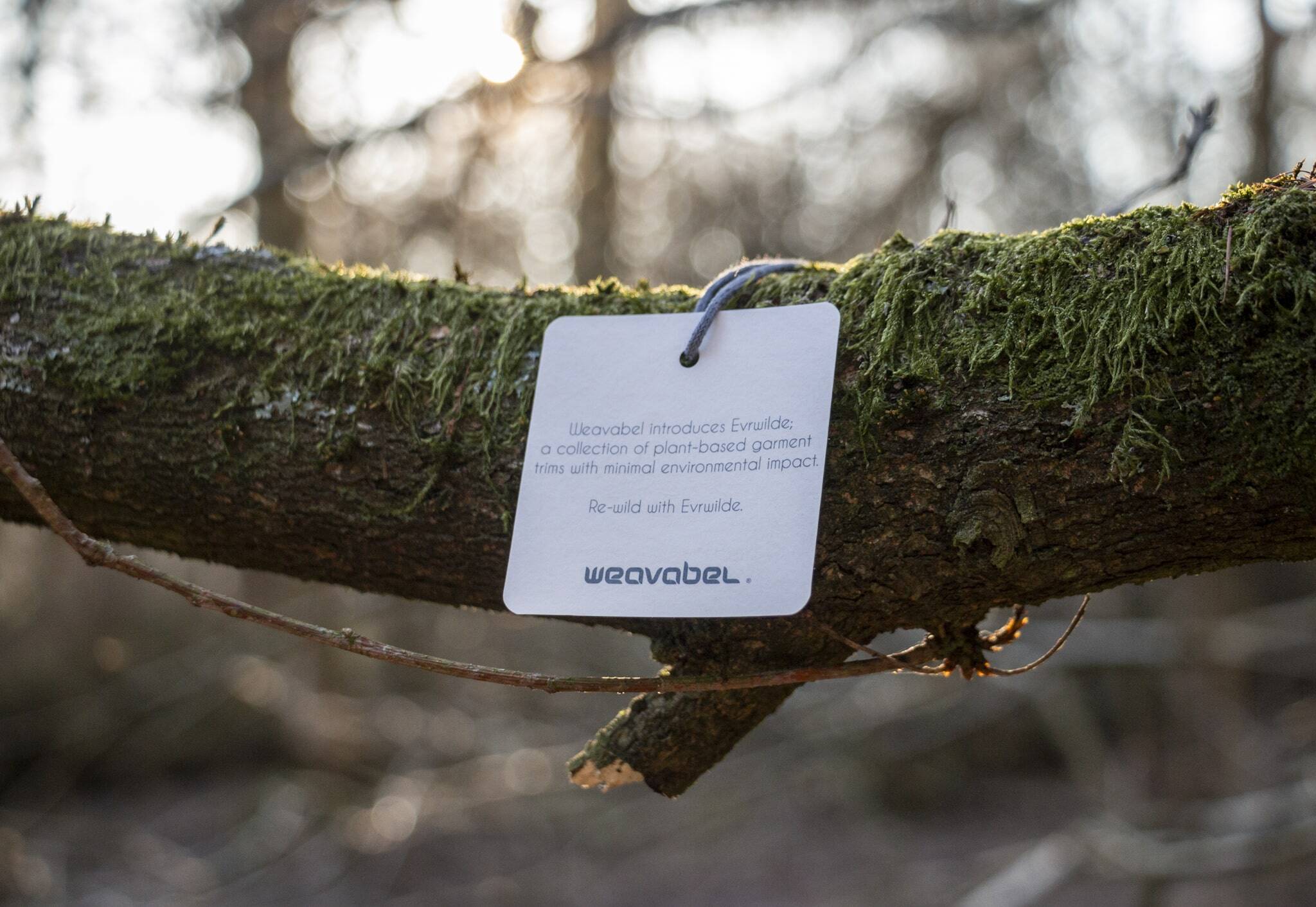
Waterless dyeing
Waterless dyeing technologies drastically reduce or eliminate water use, minimising environmental impact in producing sustainable labels and trims, for example.Zero waste
Zero waste is a lifestyle that rethinks product design, usage and disposal to ensure zero wastage. It embraces a circular system that re-integrates every resource used back into the cycle, ensuring sustainability at every stage.All the terms, all at once
If you or your team would benefit from this glossary as a printable handout, complete the opposite form and we’ll send you a PDF version directly to your inbox.
Equally, bookmark this page as a digital version you can keep returning to whenever you need to look something up;

